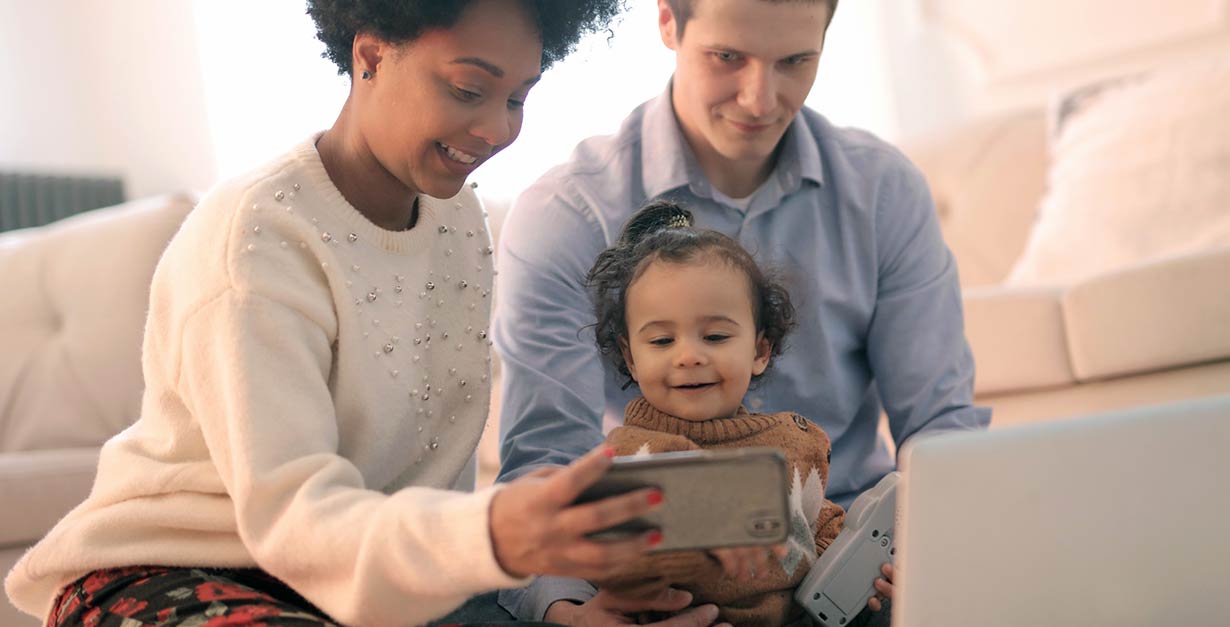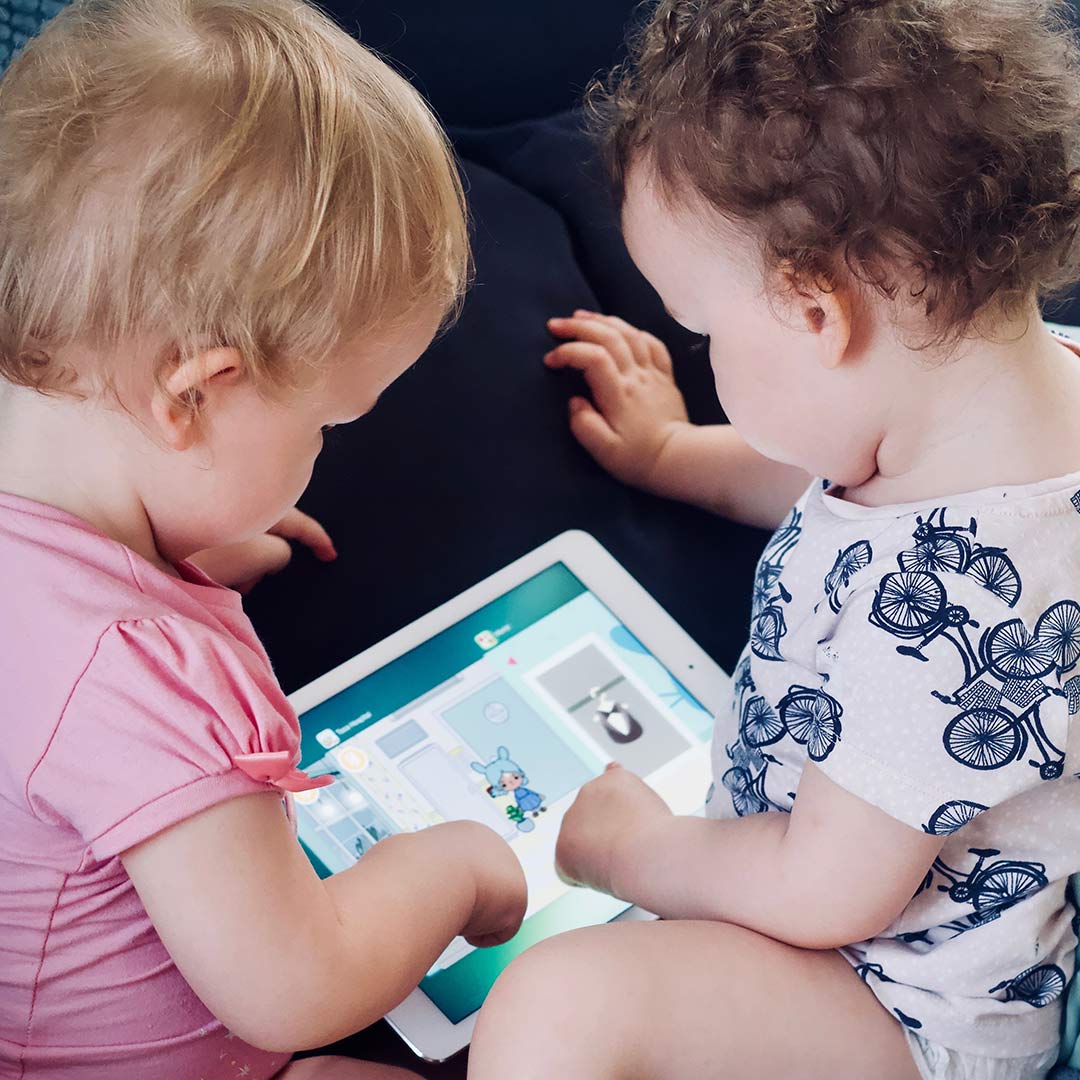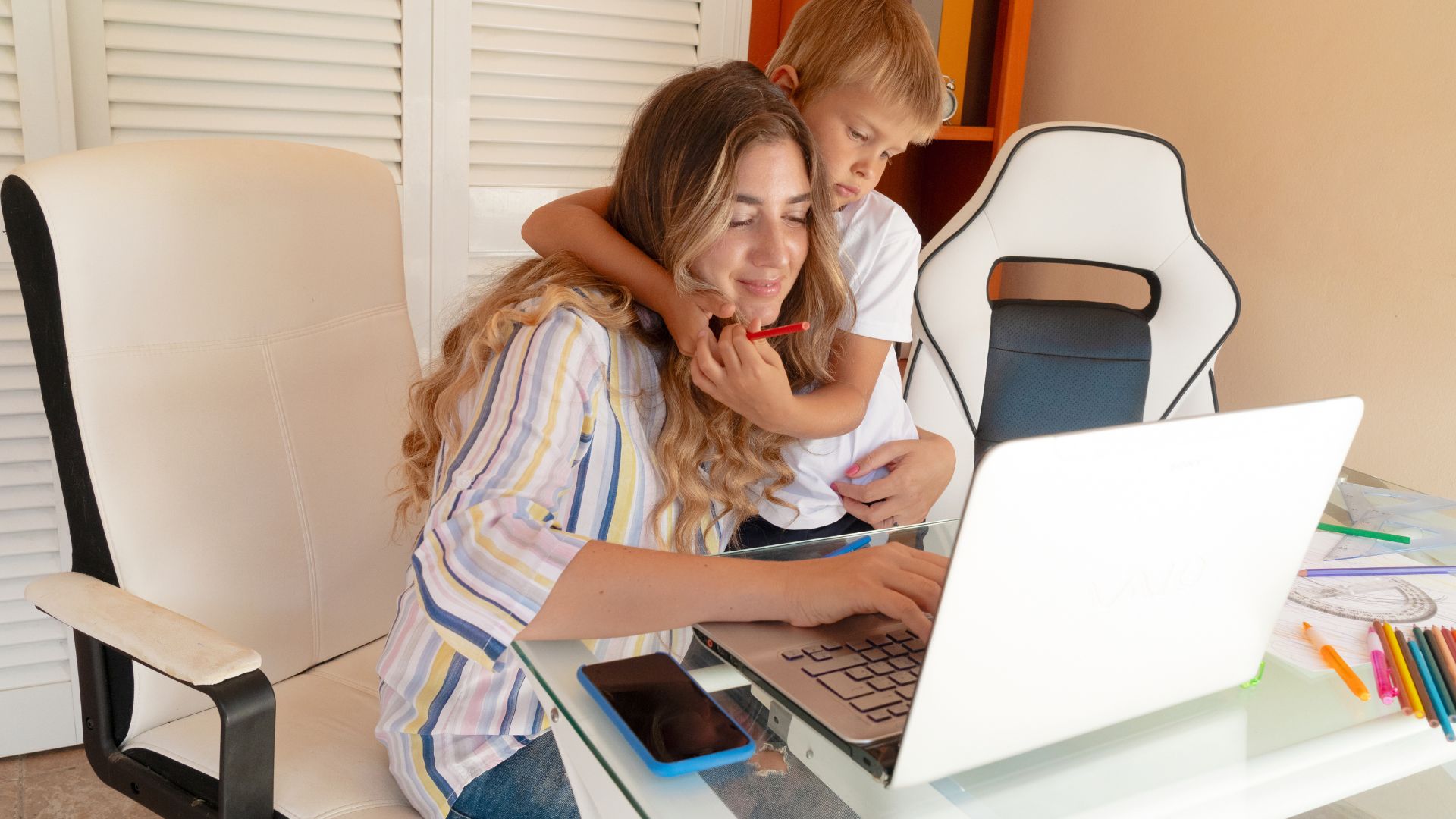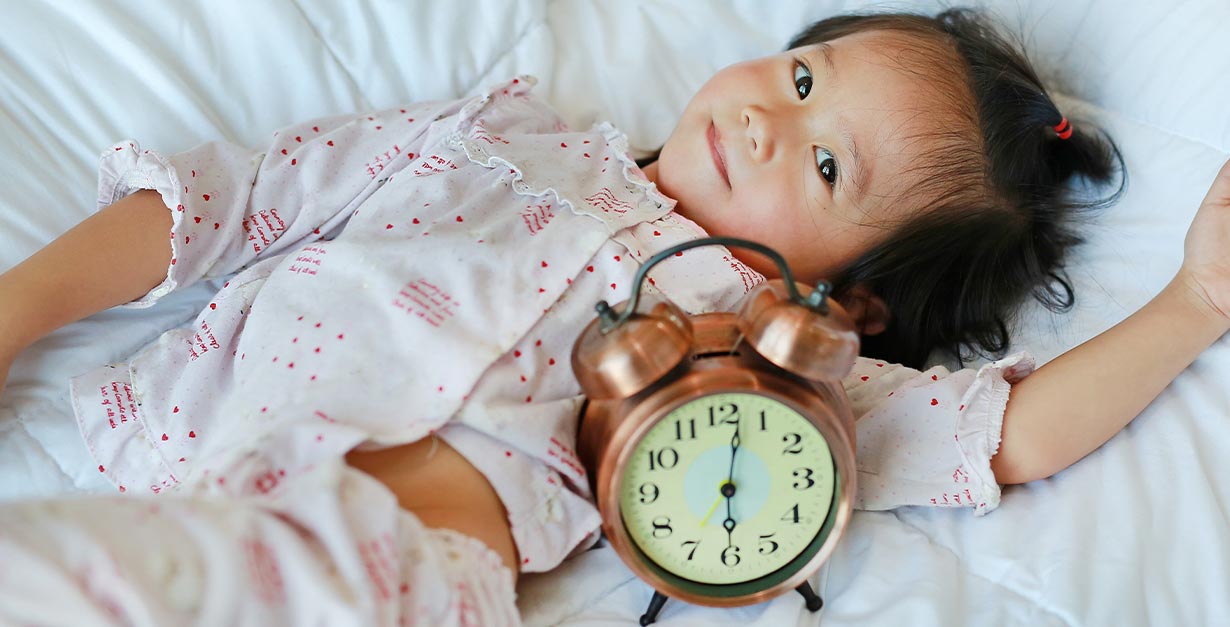Screens and Sleep; Getting Toddlers to Bed in a Modern World
Does your preschooler grab your smartphone and seem to make it do things you don’t even know how to do? Have you ever seen your toddler navigate a learning website with aplomb? It won’t be long before our children surpass us in techno-savvy skills! But screens and sleep are not always a great combination.
Learning to navigate the world of technology is going to be a natural part of our children’s world. Touchscreens are everywhere. It’s not just our smartphones. They are in our homes, our cars, and common public places such as restaurants, stores, and airplanes. Our public and private lives are filled with touchscreen technology and we love it!
But how early should young children regularly spend time on touchscreens? What kind of exposure to touchscreens is appropriate for babies and toddlers? There is not a great deal of research done yet on this new area. Some recent findings indicate a potentially negative connection—albeit small—between sleep and the use of touchscreens among toddlers.
 Touchscreen Time Is Connected To Less Sleep
Touchscreen Time Is Connected To Less Sleep
A new study out of Birkbeck, University of London suggests a connection between the amount of time a toddler spends on a touchscreen with their overall sleep time.
First, the details. Over 700 parents were interviewed about their child’s (under 3 years of age) touchscreen usage and their sleep habits. The statistics are remarkable. These parents reported that 75% of their toddlers used a touchscreen on a daily basis. Approximately half of the babies between 6 and 11 months use a touchscreen each day. And 92% of those between 25 and 36 months daily use a touchscreen as well.
The reality is that most of us have multiple touchscreens in our home between our phones and tablet devices such as iPads. We often use them with and near our children. It makes sense that we need to be aware of how these powerful machines may affect our children’s sleep as well as their waking hours, yet we know little about this technology’s impact on young children.
The study’s findings suggest that for every hour these children used a touchscreen, they slept 15 minutes fewer overall. Granted it is not a huge amount of sleep but worth noting.
In addition, this research points to these same toddlers sleeping a little more during the day and a little less at night.
The researchers found a silver lining, though! Toddlers who actively use touchscreens (swiping and not just watching) accelerate their fine motor skills development.
Getting Enough Sleep Is Critical
Since toddlers (1 – 2 years old) should sleep on average 11 to 14 hours total, missing 15 minutes of sleep as a trade off for using a touchscreen for one hour may not seem like a lot. But, it’s important to remember how crucial sleep is to our child’s development.
Dr. Tim Smith, one of the researchers from Birkbeck, University of London, explains, “It isn’t a massive amount when you’re sleeping 10-12 hours a day in total, but every minute matters in young development because of the benefits of sleep.”
Getting the right amount of sleep is critical for our toddler’s healthy neurological, physical, and emotional development. In particular, brain development is happening at breakneck pace during these years. Even though fifteen minutes—or even a half an hour—may not seem like anything to be concerned about, each minute of sleep benefits your toddler’s proper growth and development. It logically follows that we should carefully monitor anything that might hinder our children from sleeping as much as they need.
Do you read a bedtime story?
Read: Why Your Child Needs a Bedtime Story

Screens and Sleep Don’t Mix
While the study is not definitive, Dr. Smith says this study “seems to indicate touchscreens have some association with possible sleep problems.” This is his conclusion drawn from a decrease in the overall amount of sleep the children got in relationship to touchscreen usage.
For several decades parents have frequently used a television to help their children wind-down before bed. As new technologies have entered the home we see more parents allowing children to use touchscreen devices such as tablets, cell phones, or e-readers in the same way.
It’s possible, though, that our reliance on these technologies could make going to sleep at bedtime more difficult for our children. Here’s why: touchscreens emit short-wavelength, blue light that suppresses the body’s natural sleep hormone called melatonin. Televisions, computer screens, cell phones, and other devices with self-luminous electronic displays are sources of melatonin suppression at night. Exposing our young children to this kind of blue light can likely disrupt their natural sleep cycles and their overall sleep duration, so we need to monitor and limit their exposure.
The study does not make clear when these children were using touchscreens and if those children with higher usage experienced more difficulties at bedtime. But the science of short-wavelength, blue light affecting sleep hormones would support that negative impact.
10 Tips to Protect Your Child’s Sleep
Our cell phones and the like are here to stay, so we need to figure out a way to live with them and yet also protect our young children—and ourselves—from their negative impact on our sleep habits. I recommend the following steps to ensure your toddler and other children get the sleep they need:
- Prioritize creative play time with your child during the day. This ensures they are moving around an appropriate amount for their age and being stimulated in multiple ways other than by a screen.
- Put a cap on the total number of minutes he or she is exposed to electronics during the day.
American Academy of Pediatrics recommendations:
- For children younger than 18 months, avoid use of screen media other than video-chatting. Parents of children 18 to 24 months of age who want to introduce digital media should choose high-quality programming. They should watch it with their children to help them understand what they’re seeing.
- For children ages 2 to 5 years, limit screen use to 1 hour per day of high-quality programs. Parents should co-view media with children to help them understand and apply what they are seeing.
- For children ages 6 and older, place consistent limits on the time spent using media, and the types of media. Make sure media does not take the place of adequate sleep, physical activity, and other behaviors essential to health.
- Designate media-free times together, such as dinner or driving, as well as media-free locations at home, such as bedrooms.
- Have ongoing communication about online citizenship and safety, including treating others with respect online and offline.
- Avoid all electronics for the entire hour before bedtime for everyone in the household, including your children.
- Establish a soothing bedtime routine for your child. For toddlers this could include a warm bath, singing a song, listening to music, toddler yoga, snuggles, and kisses.
- Looking for a substitute way to wind-down before bed instead of a screen? Try the tried and true method: read a book! Reading a book before bed encourages verbal and cognitive development as well as provides some real connection time with your child. This moment of security and warm connection will also help your child relax and settle into sleep much more quickly when they lie down for sleep.
Do you have a bedtime routine?
Read: Toddler Sleep: Creating a Sleep Inducing Bedtime Routine
Let’s give our children every advantage for their healthy development by setting them up for good sleep each night. One of the most important ways to do this is to eliminate all screentime—including touchscreens—an hour before your soothing bedtime routine so that their own sleep hormone, melatonin, can naturally increase as you dim the lights and prepare for sleep.
Sleep tight!







